Oklahoma Insurance Professionals LLC Blog |
|
Imagine returning home to find your sanctuary ravaged by fire or flood. Home insurance in Oklahoma City exists as a beacon of hope, but what protection does it truly offer? We help unravel the complexities of home insurance, from discerning the liability coverage limits to the nuances of how insurance companies determine claim payouts. Join us as we explore the safeguards that stand between your home and the common perils it tends to face. If you want a primer on some of the language that we use that may not seem familiar, feel free to visit this insurance glossary. Understanding Homeowners Insurance PoliciesHomeowners insurance serves as a protective net for your home and finances, covering a range of potential losses. A standard homeowners insurance policy typically includes coverage for incidents such as theft, vandalism, and fire damage. However, it's crucial to recognize that natural disasters like floods or earthquakes often require a separate policy. Here's a breakdown of what most standard policies cover:
Awareness of your policy limit and ensuring ample coverage is crucial. Always review your policy details, including coverage limits and exclusions, to ensure adequate protection for your home and personal property. Coverage Limits and Policy LimitsWhen you purchase a homeowners insurance policy, you're not only getting protection from various perils that could affect your home and possessions, but you're also setting the stage for how much compensation you can expect in the event of damage or loss. Coverage limits play a critical role in your insurance; they determine the maximum amount an insurance company will pay out in the case of a claim. Homeowners policies typically include protection against common perils such as fire, lightning, windstorm, hail, and vandalism. The coverage for your dwelling, which is essentially the main home structure, must be ample enough to cover the full cost of rebuilding the home to its original state before the damage. This amount should be carefully assessed, as underinsurance can lead to significant out-of-pocket expenses if the actual cash needed for reconstruction exceeds the policy limit. Limits on personal liability and medical payment coverages are chosen by the policyholder. This means you have some flexibility in deciding how much coverage you want for instances where someone may be injured on your property and you're held liable, along with medical bills that may result from such injuries. Coverage limits for different components of your policy are often calculated as a percentage of your dwelling coverage limit. For example, personal property coverage is commonly set at around 20% of the dwelling coverage limit and can be adjusted as per need and value of possessions. For those items that are of significant value, like jewelry or fine art, you might need scheduled personal property coverage - an additional coverage option that provides a higher limit for those specific items. Understanding how these coverage limits work is essential for ensuring you have thorough protection and peace of mind when it comes to your home insurance. Understanding Coverage Limits for Personal Property and StructuresWhen we talk about coverage for personal property under your homeowners insurance, we're referring to the items within your home – like your furniture, appliances, clothing, and other possessions. If these items are damaged or lost because of a covered peril, your insurance company can reimburse you. This coverage also extends to items outside the home but within your property, and it can even protect against credit card fraud in some cases. As for other structures on your property that are not attached to your house, like your shed, gazebo, or fence, they are usually covered around 10% of the dwelling coverage under the 'other structures' portion of your policy. Typically, personal property coverage starts at 50% of the dwelling coverage amount, meaning that if your dwelling coverage is $200,000, then personal property coverage can start at $100,000. However, these percentages can vary between different insurers and according to the value and nature of the items insured. In addition to coverage for personal property and other structures, there's a component known as loss of use or additional living expenses. This typically represents about 20% of the dwelling coverage limit and is there to help you with costs like hotel stays, meals, and other necessary expenses if you need to live away from home while it's being repaired or rebuilt. Exploring the Importance of Liability Coverage LimitsLiability coverage is a significant part of your homeowners insurance that steps in when you or someone in your household is legally responsible for injury to others or damage to their property. Whether an incident happens within your property boundaries, like someone slipping on your driveway, or relates to actions of you or your family members outside the home, liability coverage provides a safety net. However, it's important to know its limitations. Liability protection does not extend to intentional harm caused by the policyholder or household members. The base policy limits for personal liability coverage typically range from $100,000 to higher amounts, depending on the level of coverage the homeowner chooses and their individual needs. But when standard liability coverage isn't sufficient, particularly for homeowners with large assets that could be at risk in a substantial claim, umbrella insurance policies can provide additional liability protection. Liability coverage is essential as it covers not just the legal costs and any awarded damages, but it can also cover medical bills for injuries sustained by others on your property without them having to sue you – this is part of the medical payments to others coverage. If you have added risks like swimming pools or trampolines, this coverage becomes even more critical. Responsibly managing your liability coverage limits means balancing the potential risk with the cost of insurance, ensuring not only that you're protected but also that you're not over-insuring and overpaying. This is where discussing your specific needs with your insurance company or agent will prove invaluable. The Importance of Additional Living Expenses CoverageWhen disaster strikes and your home becomes uninhabitable due to a covered peril, the myriad of incidental costs can quickly add up, leaving you financially strained. That's where the Additional Living Expenses (ALE) coverage, also known as Loss of Use coverage, within your homeowners insurance policy becomes vital. ALE coverage is designed to support you during these challenging times by covering the extra costs incurred when you are forced to live away from your damaged home. Expenses such as hotel bills, temporary rental homes, restaurant meals, laundromat fees, and even boarding pets can form a significant financial burden. ALE coverage alleviates this pressure by reimbursing you for these incurred costs. Typically, this coverage is set at around 20% of the insurance policy's dwelling coverage amount, providing a substantial safety net to help ensure that a covered loss does not cause undue economic hardship on top of the emotional and logistical stress. The role of ALE coverage is to bridge the gap between pre-disaster living expenses and the additional costs you incur while your home is being repaired or rebuilt. It acts as an indispensable financial lifeline, allowing you to maintain a semblance of normalcy in living arrangements until you can return home. How Additional Living Expenses Coverage Can Protect You in Unforeseen CircumstancesIn the wake of unforeseen circumstances, such as natural disasters, fires, or other incidents causing significant damage to your home, having comprehensive homeowners insurance coverage can make a substantial difference. One of the most critical components in those crucial moments is the ALE coverage within your policy. The protection it offers goes beyond the mere structure of the house—it extends to cover the everyday life of those living inside it. ALE coverage can reimburse various out-of-pocket expenses you encounter while your home undergoes necessary repairs or reconstruction. For instance, if you're temporarily residing in a hotel or rental property, not only would ALE help with the accommodation costs, but it would also cover additional costs like restaurant meals and laundromat fees—expenses that can disproportionately increase when you are away from home. Most insurance policies cap these reimbursements and may dictate daily and total limits. Being knowledgeable about these specifics is important, as it determines how long and to what extent your lifestyle can be supported in the event of a claim. It's essential to review your policy carefully to understand these limits and ensure that your coverage meets your potential needs. In managing a crisis, the last thing you want to worry about is the mounting bills associated with living elsewhere. Additional Living Expenses coverage provides a buffer, giving you and your family the security and space needed to focus on rebuilding your home and life without the added financial stress of temporary living costs. The Role of Medical Payments and Personal Liability CoverageHomeowners insurance offers much more than just protection for your physical dwelling. Among the myriad of additional coverages, there is Medical Payments and Personal Liability coverage, which are crucial components for comprehensive financial protection. The medical payments portion of your homeowners policy typically comes into effect when someone who is not a part of your household sustains an injury on your property. For example, if a neighbor's child is injured while playing in your yard, this coverage can pay for their reasonable and necessary medical expenses. Differing from medical payments, personal liability coverage provides a wider scope of protection. Should you be found legally responsible for damaging someone else’s property or causing injury to a third party, this coverage becomes relevant. Moreover, personal liability coverage comes to your aid if you face a lawsuit for an accident that occurred on your premises or involving your personal activities, offering a financial shield against the high costs of legal defense and potential settlements. It is important to note that both coverage types have their exclusions. Medical payments coverage does not apply to injuries sustained by you or other residents of your household and will not cover accidents occurring during business activities at home. Similarly, the personal liability and medical payments components do not serve as a substitute for health insurance in the case of household members but exist to address unintentional harm to guests and other non-household individuals. While each coverage plays its distinct role, both are integral parts of the homeowners policy as they work to prevent financial loss from unexpected medical or legal expenses involving guests or third parties involved in accidents connected to your property or actions. How Medical Payments and Personal Liability Coverage Can Provide Financial ProtectionThe financial protection afforded by Medical Payments and Personal Liability coverage in a standard homeowners insurance policy can be a lifeline in times of accidents involving third parties. Medical payments coverage is designed to pay out quickly for injuries sustained on your property regardless of who is at fault. It provides a no-fault solution intended to avoid small claims and lawsuits for minor injuries, offering immediate financial assistance for things like emergency room visits or x-rays. In situations of more significant injuries or damages where there is a legal liability, Personal Liability coverage takes precedence. This can include scenarios like your pet causing injury to a neighbor or damage to others’ property for which you become liable. Not only does it cover the injured party’s medical bills, but it can also extend to lost wages, pain and suffering, and other expenses that you are legally obligated to pay. Moreover, if an injury or property damage incident leads to legal action, liability coverage can be instrumental. It can pay your legal fees and any court-awarded damages up to your policy limit, safeguarding your finances against the heavy burden of legal judgments. While coverage limits differ, generally speaking, medical payments coverage tends to have lower limits as it is meant for minor incidents. At the same time, personal liability coverage usually has a higher limit reflecting the potentially larger financial consequences of serious incidents or lawsuits. By having the right levels of Medical Payments and Personal Liability Coverage, homeowners can rest easier knowing they have substantial safeguards against the financial repercussions associated with accidents resulting in injuries or property damage on their premises. Detailing the Coverage for Detached StructuresWhen it comes to safeguarding your property with homeowners insurance, coverage extends beyond the main living quarters to encompass various other elements within your property boundaries. Crucial among these is the coverage for detached structures which is specifically dedicated to structures that are not attached to your home. This kind of protection, known as Coverage B in homeowners insurance terms, takes into account potential damage to any independent construction like garages, sheds, and fences. Structures that are included within this facet of your homeowners policy can vary but typically cover detached outbuildings such as standalone workshops, outdoor kitchens or grills, walls, and even fences. Other leisure-related assets like swing sets and recreational equipment, provided they are not attached to the house, also fall under this form of coverage. This additional coverage ensures that not just your primary living space, but the entirety of your property investments are secured against unforeseen events. Policies typically compensate the policyholder for repairs or replacements at the replacement cost, meaning they aim to restore the damaged structure to its previous condition without factoring in depreciation. It’s imperative to be aware of what your particular homeowners policy includes and whether additional coverages might be needed. While standard homeowners policies often incorporate detached structures coverage, there may be limits to the extent and amount of coverage provided. For instance, damage to fences may require optional additional coverages, which must be specifically opted into. Understanding the nuances of this coverage is important, especially since the replacement cost for a damaged detached structure could be significant. A brief checklist for homeowners might include:
In summary, while the protection of the main residence is the focus of a standard homeowners policy, the comprehensive coverage for detached structures is a vital part of ensuring that all aspects of your property are adequately insured. Being cognizant of the extent of this coverage and your policy's specific details is essential for maintaining full protection and peace of mind. Understanding How Detached Structures Are Covered in Your PolicyThe coverage for detached structures under your homeowner's insurance, often termed as "Coverage B," provides a layer of financial security for the various structures that stand independent from your main residence. Examining this aspect of your policy in detail is essential to ensure that all of your property’s structures are properly protected against a cohort of risks, from natural disasters to theft. Other structures coverage in homeowners insurance includes but is not limited to, independent garages, sheds, fences, and gazebos. These features, while separate from your living space, contribute to your property's overall functionality and aesthetic. What's truly beneficial about Coverage B for these detached structures is that it typically offers reimbursement for repairs or replacements based on the replacement cost. This means that the payout provided should cover the amount necessary to rebuild or repair the structure to its previous condition without a deduction for depreciation. The insurance protection includes a variety of events, such as:
When exploring how your coverage operates, it is crucial to consider the following aspects:
Exploring Replacement Cost vs. Actual Cash Value CoverageWhen obtaining homeowners insurance, it’s crucial to understand the distinction between Replacement Cost Coverage and Actual Cash Value Coverage. These terms represent two different ways insurance companies can compensate you in the event of damage to your home or personal property. Addressing the Importance of Insurance Companies in the Claims ProcessNavigating the labyrinth of the insurance claims process can be daunting, but the role of the insurance company here is pivotal. Once a claim is filed, Texas law gears them up with a 15-day window to acknowledge its receipt. This initial step may seem small but is significant in setting the pace for the entire claims resolution journey. What follows is the assignment of a claims adjuster—a specialist who steps into the aftermath with an eye for detail. Their job is to diligently assess the damage and estimate the extent of the loss. This key figure in the claims process ensures that the assessment is both thorough and fair, providing the base upon which the insurance company calculates payouts. The necessity for clear evidence can't be overstated, as claimants are often required to submit a detailed, notarized proof of loss form. This document lists all damaged or lost items, grounding claims in hard facts. Furthermore, since homeowners insurance policies generally encompass personal liability coverage, the insurance company becomes a buffer against the financial repercussions of unintentional injuries or property damage caused to others, safeguarding the homeowner's financial well-being. Once the adjuster has completed their evaluation and all necessary documentation is in order, the final step is the distribution of funds for repairs or replacements—the conclusion of the claims process where the insurance company fulfills its promise of restoration. Understanding How Insurance Companies Determine Coverage and Claim PayoutsPeeling back the layers of the home insurance coverage, we see a complex interweaving of factors influencing claim payouts. At the heart of this is the insurance company's methodology, guided by the coverage limits, deductibles, and the policy type—each playing a defining role in shaping the compensation a policyholder receives. The coverage's specifics are crucial as these intricate details determine whether the payout reflects the replacement cost or the actual cash value of the property. Each home insurance policy carries its own dollar limits for varying coverage types, which underscores the critical need for policyholders to equip their policies with sufficient coverage, particularly in the catastrophic event of a total loss. In the realm of deductibles, this is where the policyholder's contribution is spotlighted. This out-of-pocket expense is predetermined in the policy and must be paid before the insurance company steps in to cover the remaining costs. It's a pivotal part of the claim payout equation, directly affecting the net amount a homeowner will receive. Customizing a home insurance plan is akin to tailoring a suit. The resultant protection—be it a comprehensive standard homeowners policy or a blend of additional coverages—reflects the homeowners' understanding of their needs and the specific coverage selected. These personalized choices laid out in the terms of the policy are what ultimately decide the coverage bounds and dictate the claims payouts process amidst the occurrence of home damage or loss. Get Help From the ProsTo conclude, insurance companies play an invaluable role in both safeguarding homeowners and guiding them through the complexities of filing and receiving claim payouts. Policyholders must carefully determine the best suits their needs to ensure adequate protection and a smooth claims process. With the right coverage in place, homeowners can find peace of mind knowing that their insurance company will be there to support them when the unexpected happens. Oklahoma Insurance Pros is an independent insurance agency ready to assist you. Reach out today to get the best coverage for your Oklahoma City home.
0 Comments
Leave a Reply. |
Contact Us(405) 838-1818 Archives
March 2024
Categories
All
|
Navigation |
Connect With UsShare This Page |
Contact UsOklahoma Insurance Professionals LLC
1624 SW 122nd St Oklahoma City, OK 73170 (405) 838-1818 Click Here to Email Us |
Location |
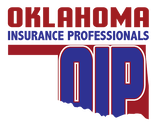
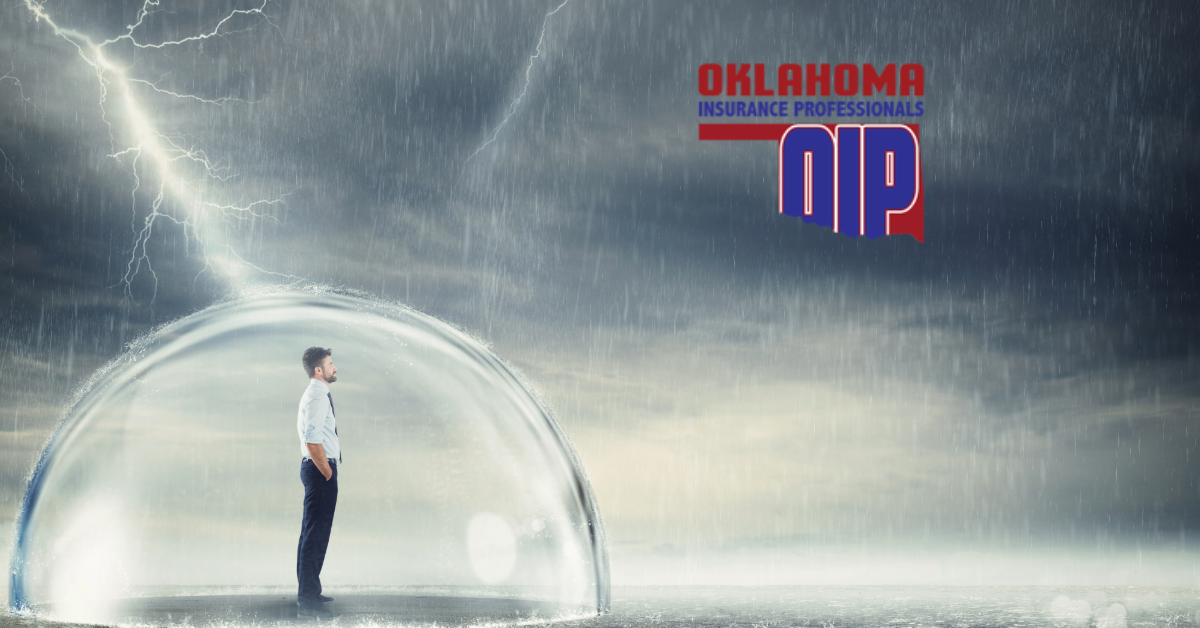

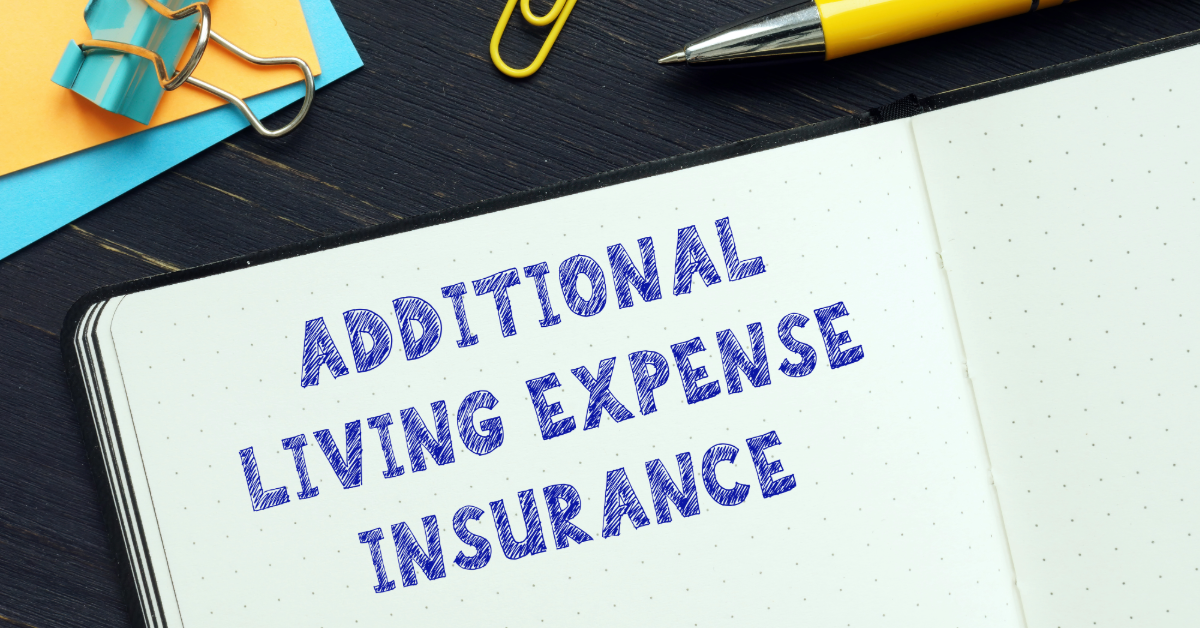


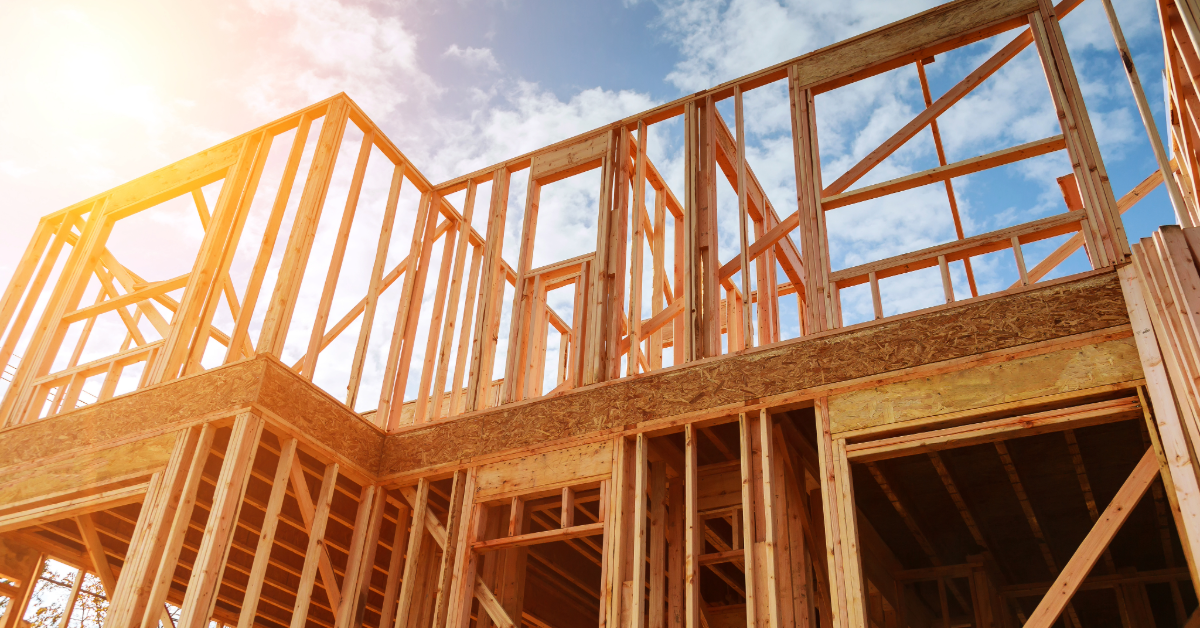
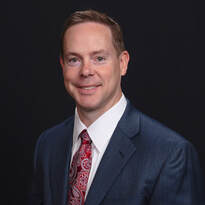
 RSS Feed
RSS Feed